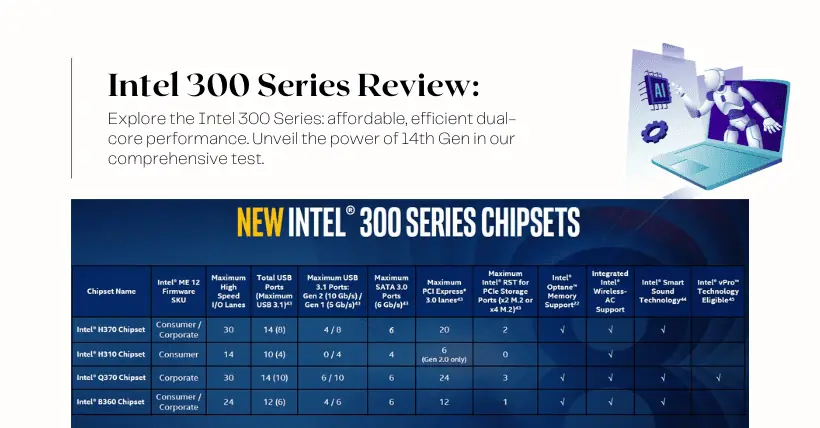When Intel launched the 14th generation Core non-K series processors, it also introduced a processor called Intel 300. This processor is the successor to the earlier Pentium G7400. Since Intel has discontinued the Pentium and Celeron brands, future entry-level products will be directly named Intel processors.
During the testing of the 14th generation Core non-K processors by PC Watch & AKIBA PC Hotline! plus DVPR, the Intel 300 was also tested. This Intel 300 has only dual-core and four-thread capabilities, no Turbo Boost, and operates at a frequency of 3.9GHz. Its L3 cache is just 6MB. Essentially, it is like a Core i3-14100 cut in half. The integrated GPU is UHD 710, and the TDP is only 46W, which is lower than the usual 65W processors.
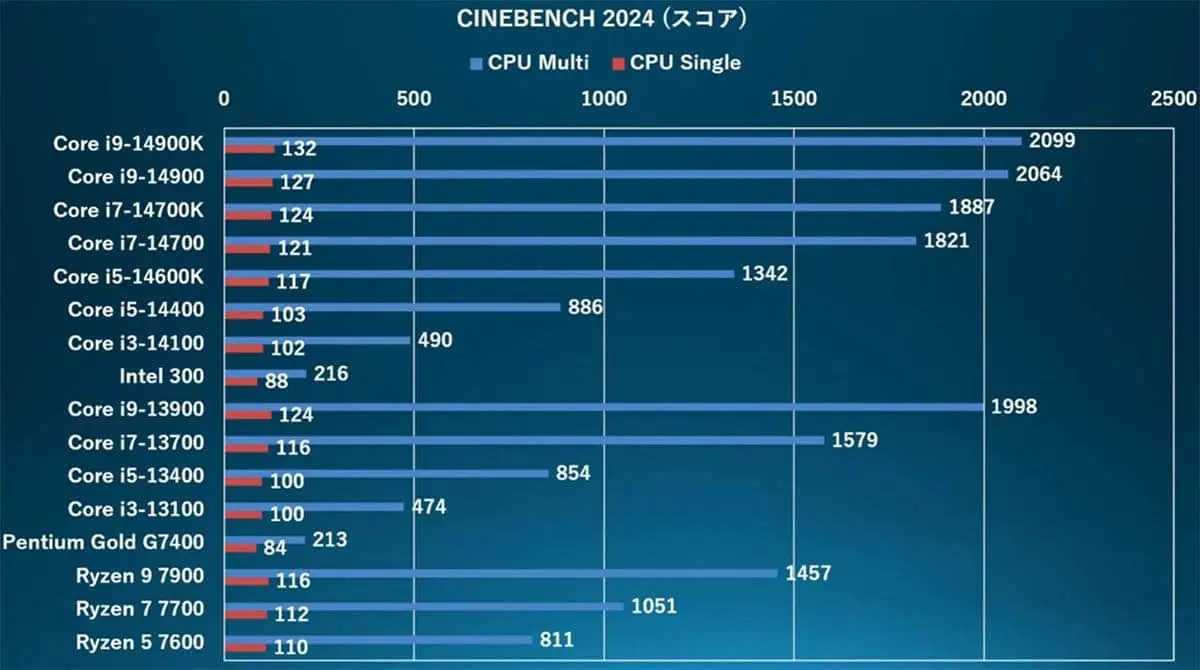
In the CineBench 2024 tests, the Intel 300’s single-thread performance was about 13% behind the Core i3-14100. Due to the lack of Turbo Boost, there is an 800MHz difference in frequency between the two. In multi-threaded tests, its performance lagged by a significant 55%. This is the disparity between dual-core and quad-core processors.
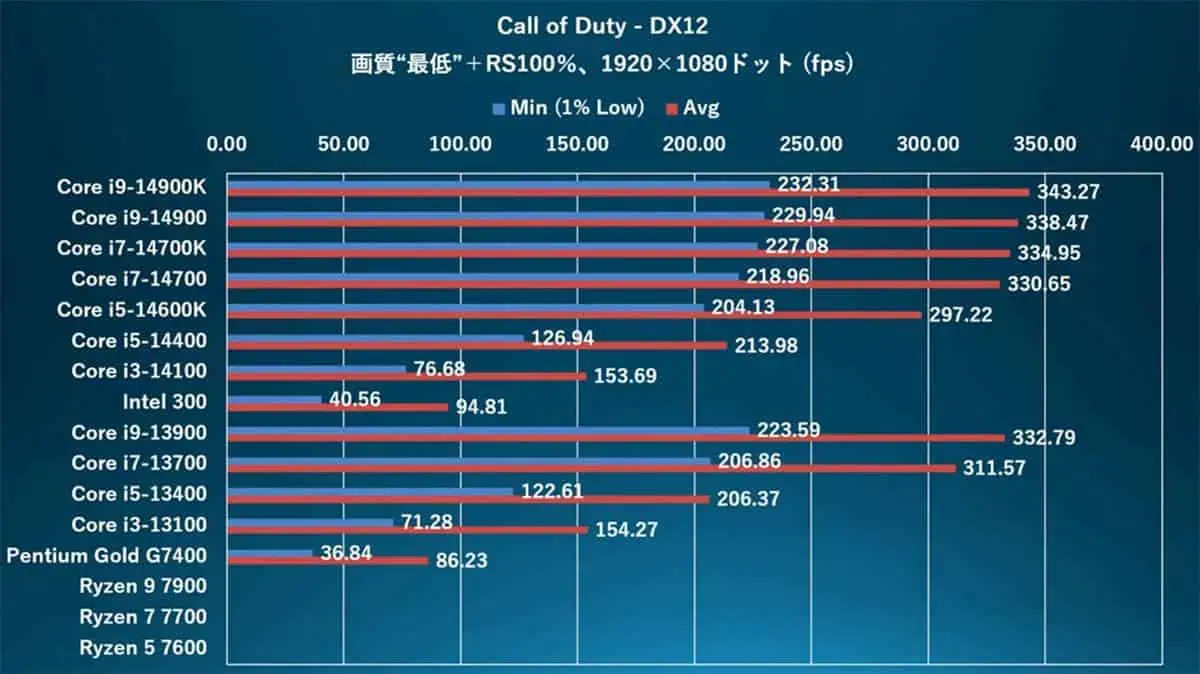
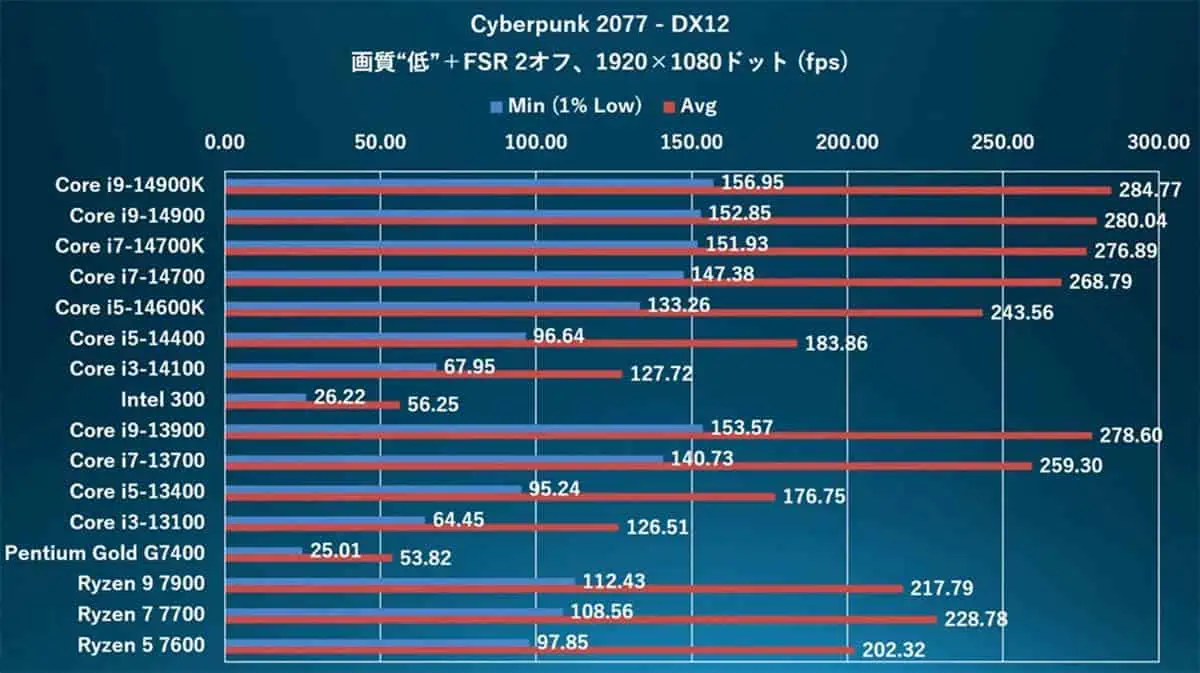
In gaming tests, it’s now evident that dual-core processors are no longer sufficient, especially for DX12 games. In “Call of Duty” and “Cyberpunk 2077”, the average frame rates of the Core i3-14100 were 62% and 127% higher than those of the Intel 300, respectively. The difference is even greater when compared to the 6P+4E Core i5-14400. Of course, if the goal is just to achieve a smooth 60 fps, the Intel 300 can manage that, but its lowest 1% frame rate is not high enough, so stuttering is inevitable.
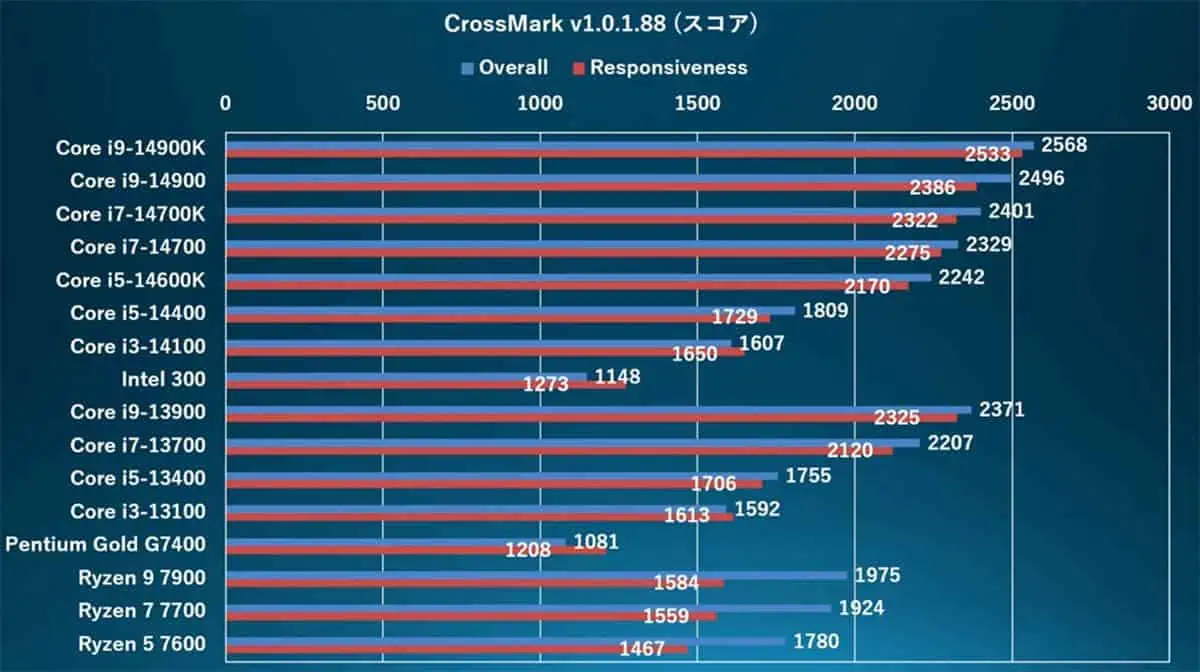


In various productivity tests, the gap with the dual-core Intel 300 is also very clear. This processor is not very suitable for gaming or as a productivity tool. However, considering its price and low power consumption, it is quite good for basic tasks like browsing the internet, playing videos, or document processing.
FAQs
-
What type of user is the Intel 300 best suited for?
The Intel 300 is ideal for users who need a basic processor for tasks like internet browsing, video playback, and document processing.
-
Can the Intel 300 handle gaming?
While it can manage less demanding games, the Intel 300 is not suited for modern, high-performance gaming.
-
How does the Intel 300 compare to the Core i3-14100?
The Intel 300 lags behind the Core i3-14100 in terms of performance, especially in multi-threaded applications and gaming.
-
Is the Intel 300 energy efficient?
Yes, with a TDP of 46W, it is more energy-efficient than many processors in its category.
-
What is the significance of the Intel 300 in Intel’s processor lineup?
The Intel 300 represents a shift in Intel’s strategy towards more straightforward naming conventions and a focus on entry-level, energy-efficient processors.




